Magnets are interesting discoveries and unusual applications around the world.
Each country keeps its own stories and legends, old chronicles with legends about the discovery of the magnet, its properties. The first application is usually to determine the direction in the form of a compass.
China.
For a long time, Ancient China was considered the first according to the most distant dates and found artifacts. The most ancient records of the reign of the "Yellow Emperor" - the great emperor of China Huang-di in 2600 BC. e., the life and discoveries of which have already been overgrown with numerous legends.
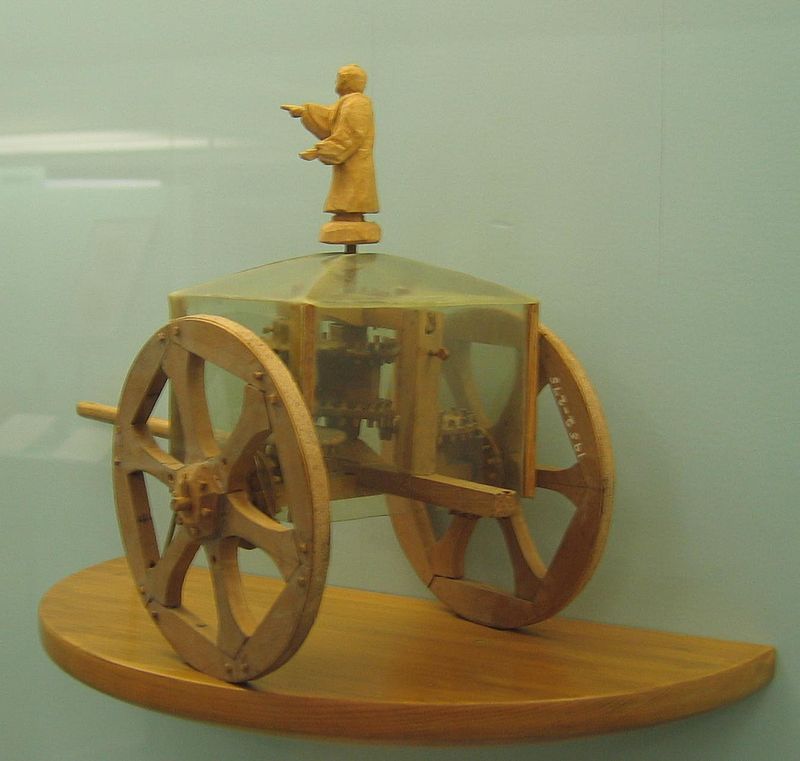
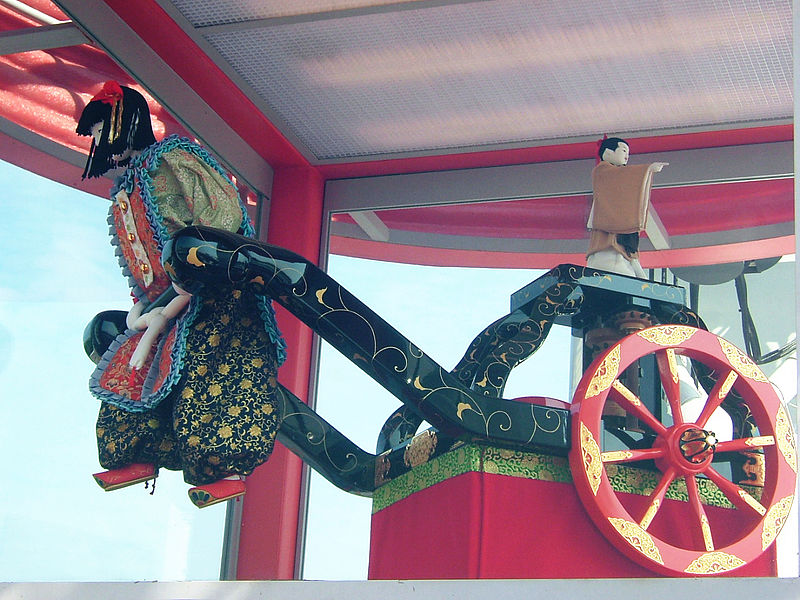
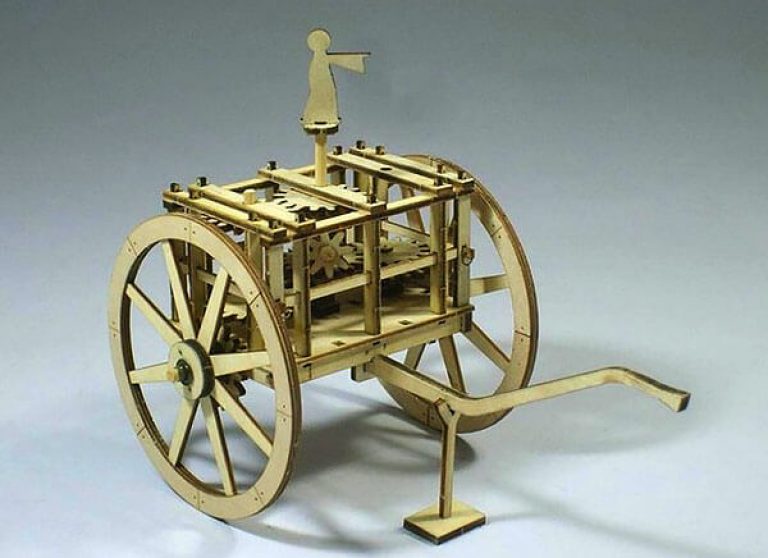
He used a magnet in legendary road chariots. On the cart, devices were installed using a magnet, made in the form of a man, a figure with an outstretched hand. This kind of pointer rotated on its axis, always pointing to the south.
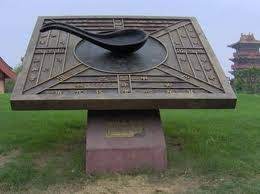
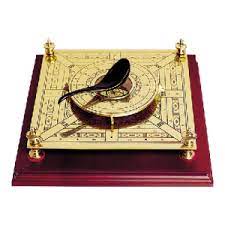
Also, in the 3rd century BC, the philosopher Hen Fei-tzu described the first compass in the form of a pouring spoon with a round bottom, spherical, in the form of a star dipper of a big bear with a thin handle. They installed it on a plate where the cardinal points and countries are depicted in the form of the zodiac. Later in the history of China, many people took part in the study of the magnet and the improvement of the compass, until it took on a more familiar form to us. The ancient Chinese used a magnet for protective purposes, as a gate - detectors, to find hidden weapons when passing through a gate built of magnetite.
Mexico.
At the end of the 19th century in North America, on the territory of Mexico, the ancient Olmec civilization was found - "rubber people", the first excavations, scientific confirmation in 1930 was carried out by Matthew Stirling.
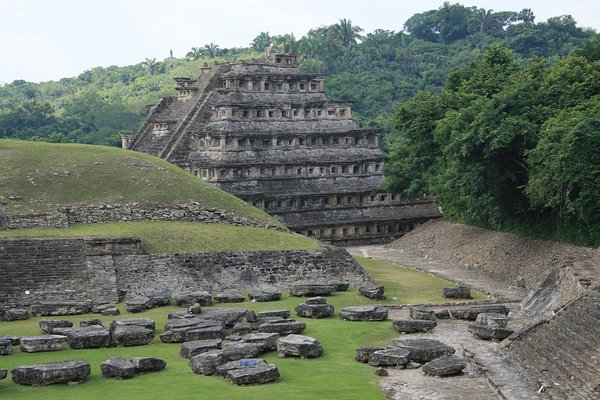
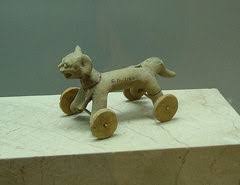
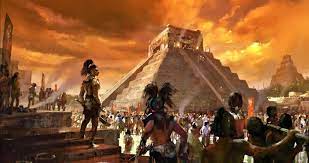
This people preceded the famous Maya and Aztecs, lived from 2500 BC. up to 400 AD NS. The Olmec civilization was very advanced, still not fully understood.

Their hematite compass is by far the oldest surviving artifact of any compass in the world. This discovery was made by Michael Crowe in Mexico, at the place of residence of the Olmecs, in 1968. The compass looks like a plate, polished with a groove, long, thin. It was laid on tree bark, placed in a container with water or liquid mercury - a line always formed at a certain degree, just above the west to the north. The construction of buildings by the Olmecs was carried out along the line. Like a compass, it still points northwest 35.5 degrees.
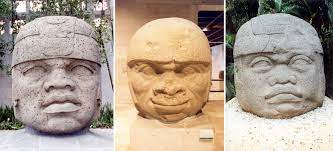
The most unusual, glorified civilization of the Olmecs in the world, is their large "business cards" - large heads and figures, 7 meters high, weighing 30 tons. They are all different, no repetition. The most interesting fact about them is that they were made of natural magnet or placed in places with deposits of magnetite.
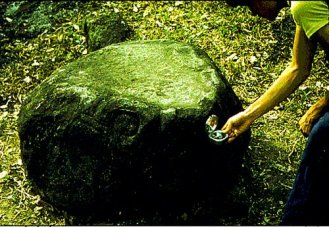
Some parts of the figures - the right temple, navel or cheek are necessarily magnetized, they react to the presentation of the compass. The sculptures served as lightning rods and as direction signs. There are many theories as to why they were taken from the previously occupied places, and then buried by hiding in the ground. The most incredible - the Olmecs were from Ancient Atlantis, and the path along the stone signs led to the hidden treasures of the Atlanteans.
Guatemala.
Nearby in Guatemala, stone heads and figures dating from the same time were also found, but they differ significantly from the statues of the Olmecs in the Mexican states of Veracruz, Tabasco.
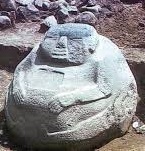
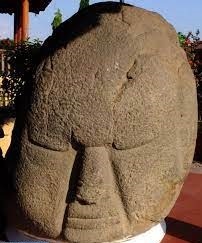
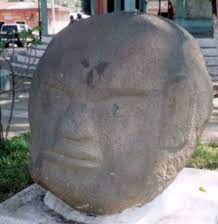
They have different facial features, not negroid, like the Olmecs, but similar to the Indian facial features. These statues are more primitively made, their cheeks and temples are magnetized, they are called "pot-bellied", because in the statues in full growth everyone has very large and more pot-bellied bellies. But, they also have the properties of a magnet; when brought to the right places, they attract the arrow of the compass, respectively, they attract lightning to themselves. Who made them and why such differences are unknown, they are often referred to as the Olmecs, only living in this territory.
Greece.
Ancient Greece does not seem to us without ancient Greek mythology and gods. Here, too, without them.
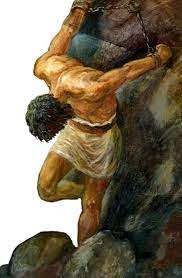
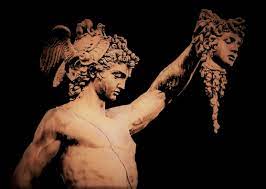
To begin with, the gods themselves used a magnet, they endowed it with super strong properties. In ancient Greece, the magnet was called adamas. It was from him that the chains of Prometheus were forged, which he could not break. The helmet of Hercules is also made of a magnet (adamas).
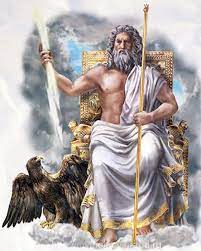
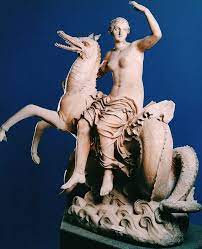
The head of Olympus, the god Zeus and the nymph Phia, had a son, Magnet. He became king of a Macedonian tribe living in Thessaly, Crete, near Mount Ida. On behalf of the king, the tribe received the name magnets, their city Magnesia.
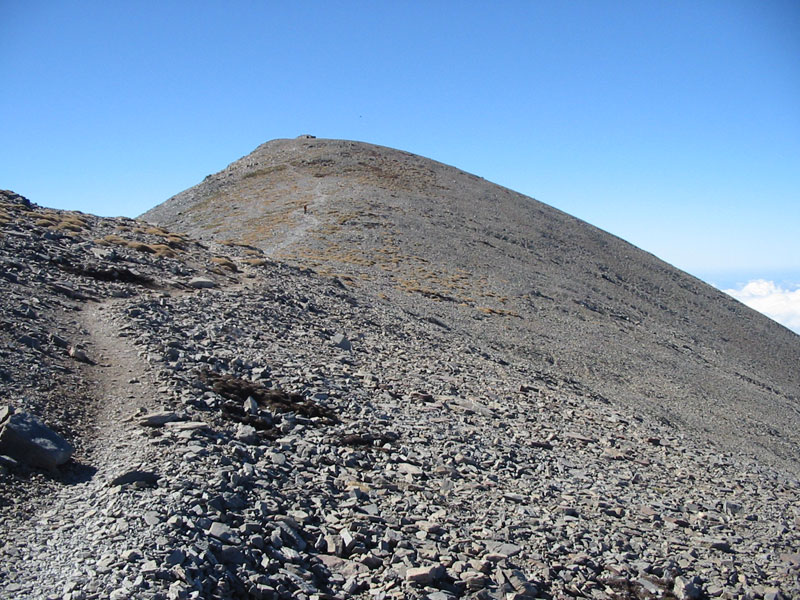
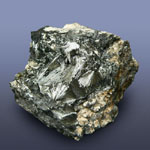
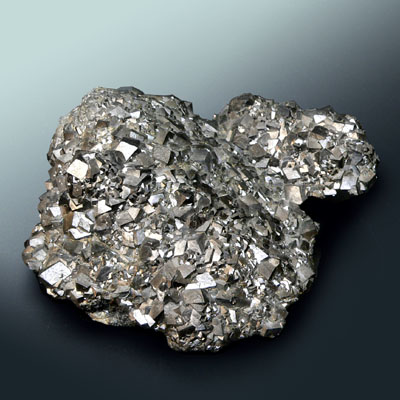
In those places, mining and export of minerals has been going on for a long time, and all the stones were called "stones from Magnesia" or "Magnesian stones". There were two types of black stones: manganese dioxide (pyrolusite) and magnetic iron ore (magnetite, it is also called simply a magnet). Magnets simply called them one word - a magnet, dividing them into female and male. Over time, the name magnet remained only with magnetic iron ore.
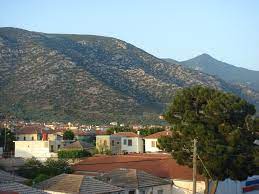
The version, the name of the magnet received from the city where this mineral was mined nearby, or rather from Thessalian Magnesia, was supported by Titus Lucretius Kar about which he wrote in “On the nature of things”.
Back in the 6th century BC. NS. in ancient Greece, the physicist and philosopher Thales mentioned magnets. He believed that only those endowed with a soul can move other objects. His conclusion is that, having the power of a stone, a magnet, nevertheless, must be animate.
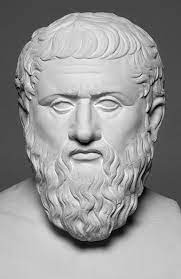
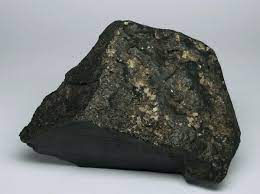
Philosopher Plato 427-347 BC NS. Athens, too, decided not to pass by and speculate about the magnet. By revealing to the world that this stone not only attracts iron, but it gives one more effect - the stone shares its energy (apparently, we are talking about magnetization). Plato said: "The magnet bears the name given to him by the playwright Euripides."
His student Aristotle - believed that a stone has a soul, since it moves iron.
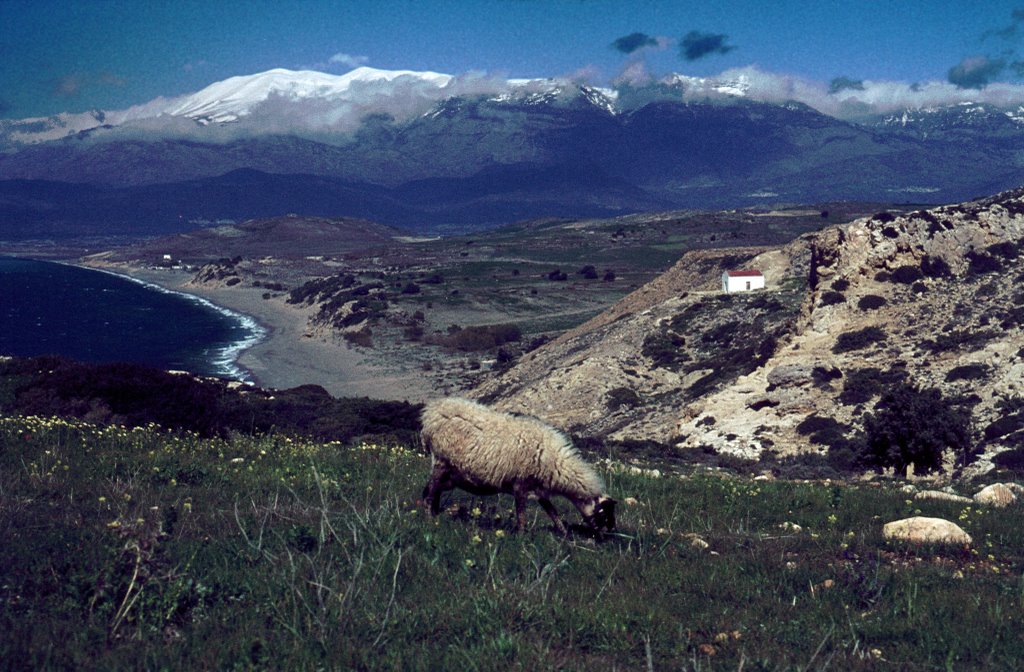
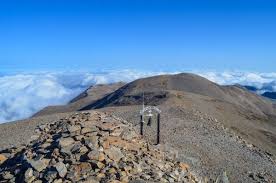
The legend described by Pliny the Elder about how stones or pieces of a magnet were discovered on Mount Ida by the shepherd Magnus, iron objects that were at that time in his possession, nails from shoes and the tip of a staff were attracted to them. The magnet was named after the one who found the stone, the shepherd Magnus.
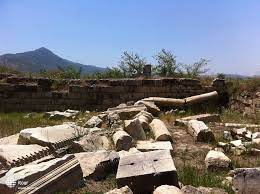
It is not clear only whether it was in Crete on Mount Ida or in Asia Minor on Mount Kaz, the mountain in antiquity was also called Ida. Some sources describe a similar legend, but in India.
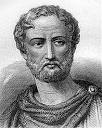
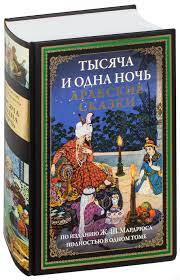
Also, Pliny had another legend, later part of the legend was included in one fairy tale in “Tales of a Thousand and One Nights”, which later came to us from Arab countries. Mount Zimir was described in Ethiopia, consisting of deposits of magnetite. The mountain had a strong magnet power, when ships sailed past it, all iron on board, attached iron parts and nails too, were pulled out of them.
Arab countries (Saudi Arabia).
The mention of the magnet, except in fairy tales, was also conveyed by travelers in stories about the miracle that Mattial told about. They said that in ancient times in the temple of the Kaaba, the chapel of Mohammed, the vault of which is made of a magnet, a chest hovers in the air. The ashes of the prophet are kept in an iron chest. Alas, none of the travelers managed to see this miracle with their own eyes.

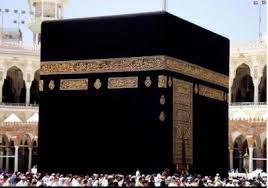 Pliny wrote about a similar temple with magnetic vaults. His chronicles tell about the idea of the Alexandrian architect, who sought to build the temple of Arsinoe. Hinokrat (Timokhares) planned to build a vault of magnetic stone, and magnetic attraction would be able to keep the iron figure of Arsinoe in the air. Everything remained unfulfilled for life reasons - Ptolemy, brother of Arsinoe, who paid for the planned construction and the architect himself, died.
Pliny wrote about a similar temple with magnetic vaults. His chronicles tell about the idea of the Alexandrian architect, who sought to build the temple of Arsinoe. Hinokrat (Timokhares) planned to build a vault of magnetic stone, and magnetic attraction would be able to keep the iron figure of Arsinoe in the air. Everything remained unfulfilled for life reasons - Ptolemy, brother of Arsinoe, who paid for the planned construction and the architect himself, died.
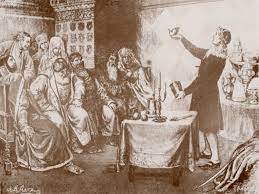
The figure soaring in the air was created by the izionist Anton Markovich Gamuletsky (1753-1850), who was born in Poland into the family of a colonel of the Prussian army. In pre-revolutionary Russia in St. Petersburg, he opened several rooms, in them he showed various miraculous experiments, people were surprised, and Gamuletsky explained them from the point of view of the physical laws of nature, mechanics, and optics. Mirrors were installed in the rooms, optically they modified the volume of the room, created a special atmosphere along with the unusual objects that were there, statues that could move, dance, talk.
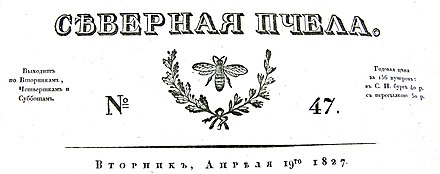
In 1826, an article was published in the newspaper "Northern Bee", it described the magic wand demonstrated in the office. The rod through the glass could turn off the playing music if you swipe it around the glass in the opposite direction. By pointing the wand at the vessel, you can draw cards, figurines, artificial flowers from the vessel. This confirms the use by the illusionist of the magnet, its properties. But the most famous was the iron statue of an angel hovering in the air. Having passed the stairs with an unusual atmosphere and appearance, on the landing above the office door, visitors were greeted by a gilded angel of human height. In greeting, the angel raised his hands, began to play the French horn, while moving his fingers very naturally. According to the illusionist, it took him a lot of effort and more than 10 years to make such an angel.
Turkey.
During its prosperity, the tribe of magnets from Magnesia in Crete created two more cities with the same name - Magnesia in Asia Minor, on the territory of present-day Turkey.
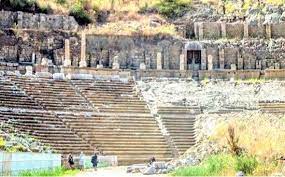
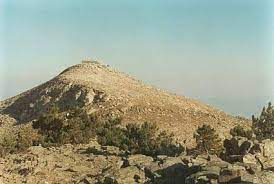
Near one of the cities there is also Mount Ida (later called Kar). It is interesting that on two mountains at that time there were deposits - the strongest natural magnet - magnetic iron ore. Some sources claim that the magnet got its name in honor of this city of Magnesia on the Meander, another part refer to Magnesia near Sipil (Manis). If we take all the periods of history, then Magnesia was seven, they all come from one Feselian Magnisia (Magnesia) in Greece.
India.
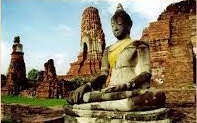
In the 6th century BC. in Indian books there is a mention of a compass, which sailors called a "fish machine" to determine the direction, a more accurate description of it is found only in 1044 in the military leadership. The compass got its name for its appearance - a fish with a magnet in its head or with a head made of magnetized iron, which was placed in a container of water.
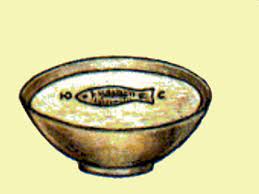
It is very similar to the compass fish, which is mentioned in the chronicles of China in the 11th century. And in times already closer to ours, when the shape of the compass became closer to the modern one, magicians in different countries began to use this idea with fish. The trick was called "obedient fish". Wooden fish were taken, magnets were inserted instead of eyes, the fish were lowered into the water. The magician took or hid a magnet in his hand, held his hand in different directions, the fish “obeyed” and swam behind the magician's hand.
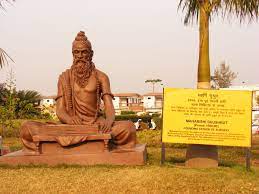
The most unusual thing is that basically among all peoples, different countries of the world, the first use of a magnet is mainly mentioned to determine the direction in the form of a compass. India is different in that there is the first mention of a doctor who lived in 1200 BC. The doctor used a magnet as a surgical instrument, the name of the doctor Sushruta. In those distant times, the doctor performed quite complex operations, such as cesarean section, amputation and others, used anesthesia. He had more than 100 different instruments, described hygiene, types of diseases, their treatment and medicines. In his writings, an operation to remove a cataract of the eye was described, he was the first to use a magnet to remove foreign metal objects from the patient's body.
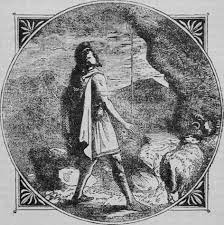
In 600, Isidore of Seville told a story very similar to the Greek legend of a shepherd who found pieces of iron ore on a mountainside in the mountains of India. The shepherd's name was Magnes - hence the name magnet. A similar story is described in 1652 by Thomas Nichols, the shepherdess's name is Magnet.
France.
In France, the magnet was used for navigation on seagoing ships.
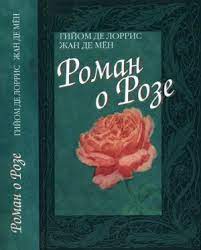
In an old novel by the French author Guillaume de Lorris, written 1205-1240 "On the Rose", a compass of that time is mentioned, they call it "marinette". They took a small stone of the magnet, set it on a piece of board, placed it on the surface of the water, or hung it by tying it to a thread.
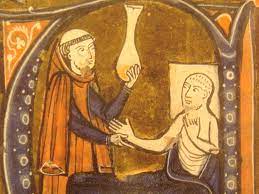
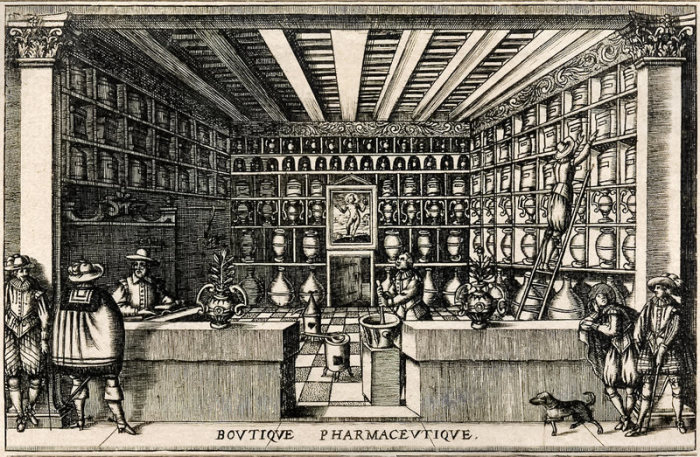
In the Middle Ages, the magnet is quite common for the preparation of peculiar drinks. It was believed that the properties of a magnet to attract iron will also help in love affairs. The famous then, Marborey preached that a magnet, if stored in brine, fish sticky, would have even greater power to reconcile lovers, help bring back wives and try on husbands with their wives. It helped, it was exactly the same as all similar drinks for lovers, but it provided excellent financial assistance for those who sold them.
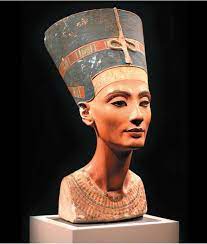
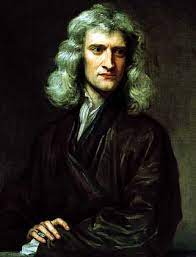
Although not only in France they believed in the magical properties of a magnet, but also in different centuries, in different countries. Cleopatra wore a pendant-amulet with a magnet, for the attraction and durability of her youth and beauty. In England, physicist Newton wore a ring with a magnet, and this one had a rather strong ability to attract. There are legends that a magnet in its ring could attract iron, the mass of which is 50 times greater than that of the magnet itself.
Middle Asia.
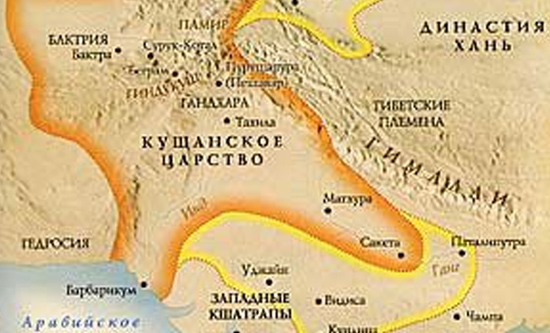
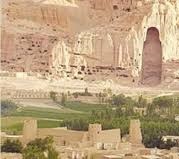
In 105-250 AD. NS. there was a Kushan kingdom, located on the territory of Central Asia, Pakistan, Afghanistan, North India.
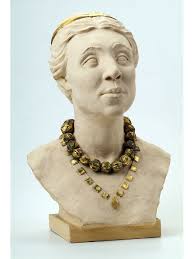
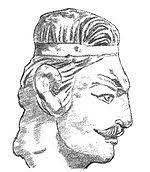
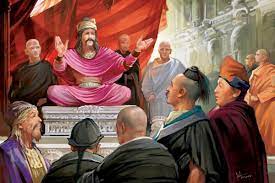
The inhabitants of this kingdom went to Ancient China along the Silk Road with caravans. A difficult dangerous path passes through the desert, there are few landmarks, clouds of dust often hide the sun and stars.
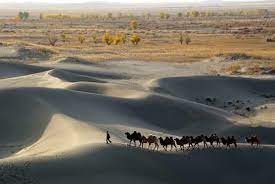

Most of all, the camel was protected in the caravan, which carried the most important and valuable thing between the humps - the compass of that time. Or rather, an earthen vessel with water, inside on a cork a piece of magnetized iron, an oblong shape, was floating. The sides of the vessel were painted in different colors, which meant the cardinal points. Black symbolized north, red - showed south, white meant west, and green, respectively, east. They carried such a compass in a box or a wooden cage carved with patterns.
Italy.
The first mention of the use of the Italians of a magnet in the form of a compass in 1187 was recorded by a monk who served the Order of St. Alban, then 1206-1269 are found in verses and written reflections of two authors.
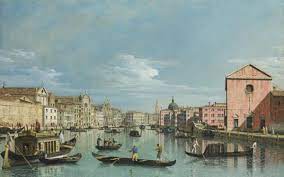
The most beautiful is the legend about a poor and cheerful young man who fell in love with the daughter of a fairly wealthy fisherman Domenico. All this takes place in romantic Venice. The young man, Flavio Joy, came to ask for the hand of the black-eyed Angela, in response he heard a condition, which at that time was considered impossible. Father's disguised refusal, so to speak. The young man should be able to swim in poor visibility - at night or in fog in an even straight line. The young lover remembered that if you put a piece of magnet on the cork, then floating in the water, no matter how you turn the container, the magnet will always point to one side. It is believed that the compass was invented in this way, which was then used by fishermen. And the fisherman Domenico had to keep his word and give his daughter in marriage to Flavio. Without the romantic component of the legend, it is believed that the young man did not invent, but improved the form of the compass, adding for convenience a disk with the indicated cardinal points and divisions.
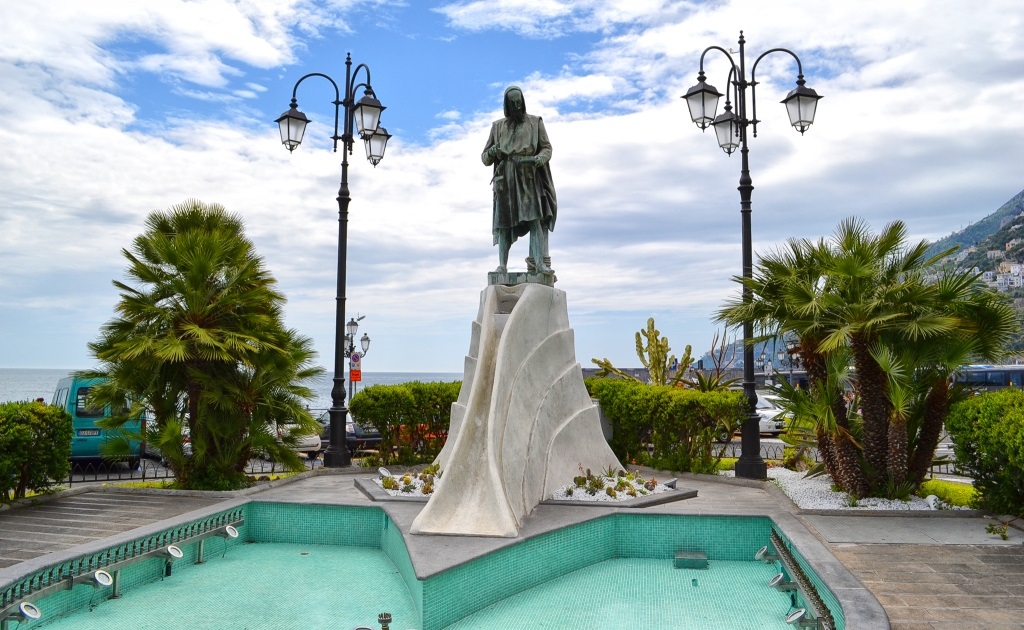
In Naples, there is a monument to Flavio Gioia, in honor of the fact that he invented the compass in 1302.
It is interesting that people in ancient times discovered a magnet, the properties of which will help them in life, and now scientists use it to search and study ancient civilizations. Thanks to the magnet, we find many artifacts, and sometimes whole treasures.
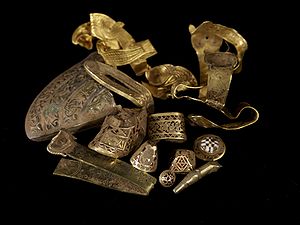
People love to search for treasures, they use special search magnets. England, 2009, unemployed Terry Herbert, his hobby with a metal detector to search for treasures, found valuable things of the Anglo-Saxon nobility of the 7th century on the field of his neighbor. A valuable find of jewelry, weapons, utensils was named the Staffordshire Treasure, estimated at 3.3 million pounds.The money was divided equally into two parts: between the farmer, the owner of the land and the treasure hunter.
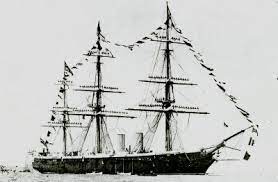
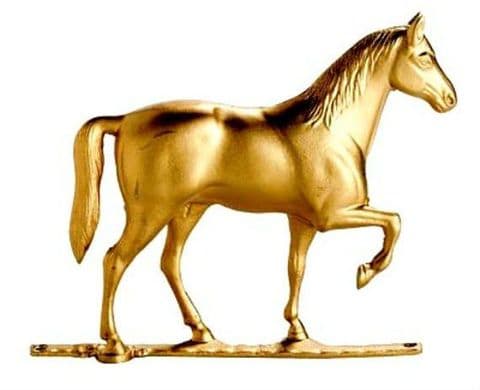
According to archaeologists, only 1% of the treasures have been found in Ukraine, the rest are still awaiting their discoverers. The most famous treasures not found: the wealth of Bohdan Khmelnitsky, the gold of the Scythians, the English sunken ship "Black Prince", the treasures of the Varangians, the golden horse of the Cossacks, the treasures of Dovbush and Makhn. The treasures are found throughout the whole territory of Ukraine. According to official data, since the 19th century, several hundred treasures have been found on the territory of Kiev alone.
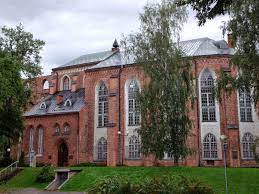
Natural magnets are less and less used, their power is no longer enough for us. The museum of the University of Tartu houses the largest natural magnet weighing 13 kg, and it can lift 40 kg of iron in the form of reinforcement.
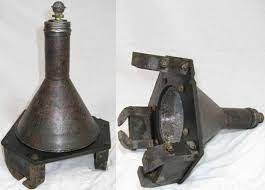
Modern artificial magnets have a much higher lifting power of 500 to 5,000 times their own mass. They are used in almost all areas of activity. In the military sphere, too, a lot is connected with magnets, for example, before the Second World War, in the period from 1938-1940, magnetic mines were developed.

In medicine, a magnet is used to treat people, called magnetotherapy. Even more magnets are used in medical equipment and instruments. Advances in examination - Magnetic resonance imaging (MRI), much more.

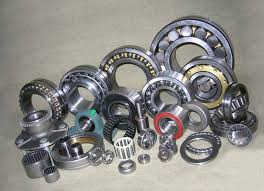
Magnets are used in technology, industry, construction, science.
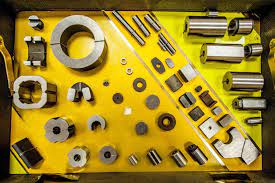
Scientific work is in progress, the development of permanent magnets has begun, which do not lose their magnetic properties at temperatures from minus 180 to plus 150 degrees Celsius. They are well suited for the Far North, the Arctic, space and wherever extreme temperatures are and other magnets cannot work.
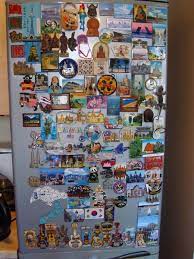
At home, we come across magnets in household appliances, teach children with magnetic letters and toys, use them in household tools, decorate our kitchens with souvenir fridge magnets.
